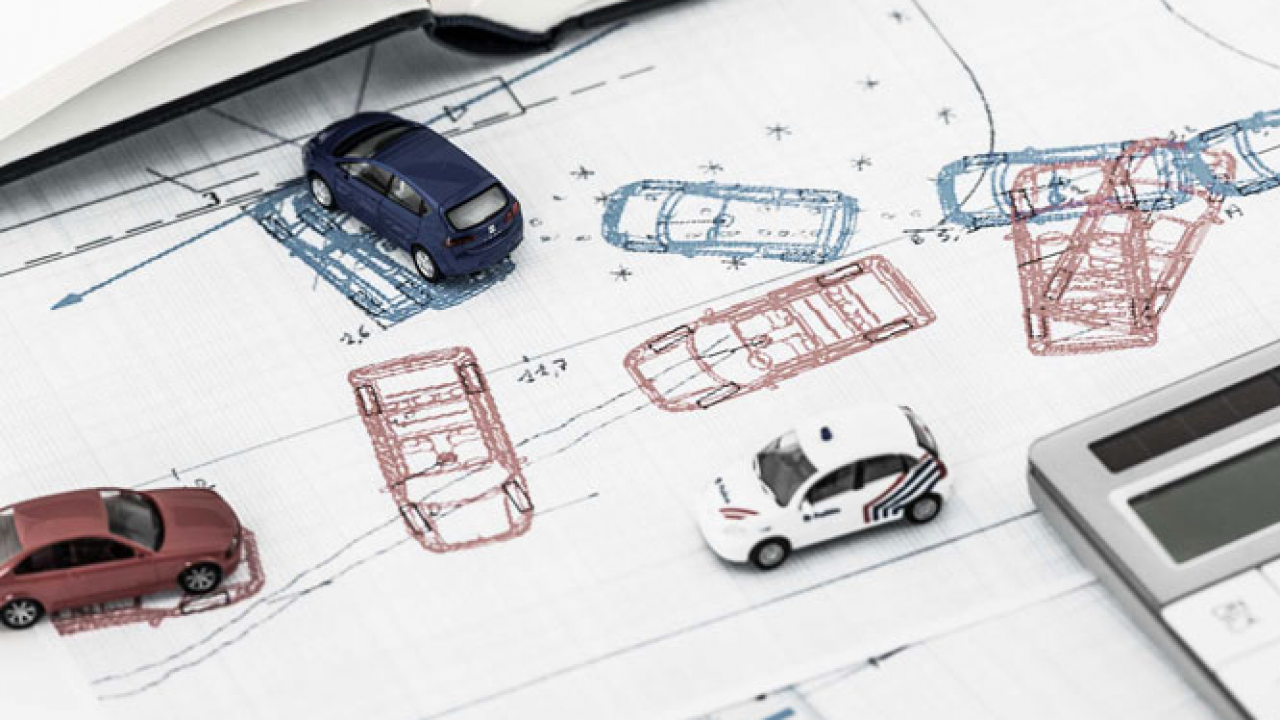Forensic auto technical expertise
The main purpose of forensic automotive expertise is to establish factual data on the condition of specific cars, determine the actions of participants in an accident and their ability to prevent an accident, find out more accurate road conditions at the scene of the accident and establish data on other factors that contributed to the incident, and the conclusion of forensic automotive expertise is the most important evidence in cases, related to an accident.
Auto technical expertise in cases of road accidents is carried out at the request of the bodies of inquiry, court, investigation, participants in the incident or persons interested in the case.The purpose of this examination is to find out all the circumstances that caused the incident.
Currently, the most popular types of forensic automotive expertise are:
Investigation of the circumstances of a traffic accident;
Investigation of traces on vehicles and the accident site (transport and tracological diagnostics);
Examination of the technical condition of vehicles (technical and diagnostic examination).
Investigation of the circumstances of a traffic accident:
The forensic examination of the circumstances of an accident includes an expert study of road traffic situations, calculation of the parameters of the movement of vehicles, other objects and pedestrians in the process of an accident, as well as an analysis of the actions and possibilities of an accident.
Subject of forensic examination of the circumstances of the accident - actual data on the circumstances of an accident, congestion, technical condition of vehicles, their speed, roadway coverage, its condition, longitudinal and transverse profiles of the roadway, mode of movement of vehicles, etc.
As part of the forensic examination of the circumstances of the accident , the following tasks are solved:
determination of the speed of movement and other parameters of the vehicle;
determination of the braking and stopping distance, as well as the stopping time of the vehicle;
determination of the removal of a vehicle, pedestrians and other objects from the scene of an accident at the moments specified by the body (person) who appointed the examination;
establishing the technical possibility of preventing an accident at the moments specified by the body (person) who appointed the examination;
and many others.
INVESTIGATION OF THE MECHANISM OF A VEHICLE HITTING PEDESTRIANS, ETC.OBSTACLES
Questions to be resolved:
- At what speed was the vehicle moving at the time of braking?
- At what speed was the vehicle moving at the time of the start of braking in the presence of breaks in the traces of braking?
- Determine which the radius of the rounding of the road at the scene of the accident?
- What should be the safe speed of the vehicle under the conditions of stability of the vehicle?
- What should be the safe speed of the vehicle in terms of visibility of the road?
- What stopping way does the vehicle have in the conditions of the accident site based on the speed of its movement?
- What time is needed to stop the vehicle in these road conditions based on the speed of its movement?
- What is the duration of the pedestrian's movement time on the path indicated in the source data?
- Which way does a pedestrian cross from the moment specified in the source data to the hit-and-run?
- At what distance from the place of collision was the vehicle at the time of the beginning of the pedestrian movement on the path indicated in the source data?
- At what distance from the place of impact was the vehicle at the time of the driver's reaction with the subsequent application of braking?
- At what distance from the place of impact was the vehicle at the time of the pedestrian's appearance in the driver's field of view due to a stationary object?
- At what distance from the place of the collision was the vehicle at the time of the pedestrian's appearance in the driver's field of view due to an oncoming vehicle?
- At what distance from the place of the collision was the vehicle at the time of the pedestrian's appearance in the driver's field of view due to the overtaking vehicle?
- At what distance from the place of impact was the pedestrian at the time of the driver's reaction with the subsequent application of braking?
- At what distance from the place of the collision was the pedestrian at the time when the vehicle was at a distance equal to the stopping distance?
- Did the driver have the technical ability to avoid hitting a pedestrian from the moment he started moving on the path indicated in the source data?
- Had Whether the driver had the technical ability to avoid hitting a pedestrian from the moment he started moving; when the vehicle speed is acceptable for these road conditions?
- Did the driver have the technical ability to avoid hitting a pedestrian moving in the opposite direction?
- Did the driver have the technical ability to avoid hitting a pedestrian moving in the opposite direction, when the vehicle speed is acceptable for these road conditions?
- Did the driver have the technical ability to avoid hitting a pedestrian moving in the same direction?
- Did the driver of the vehicle have the technical ability to avoid hitting a pedestrian moving in the same direction at the vehicle speed permissible for these road conditions?
- Did the pedestrian manage to move away to a safe distance from the vehicle lane with timely braking?
- Did the pedestrian manage to move away to a safe distance from the vehicle lane with timely braking and the vehicle speed permissible for these road conditions?
- What distance is necessary for a given transverse displacement (for a safe detour of an obstacle, including and stationary) vehicle without loss of its stability?
- How much is the transverse displacement of the vehicle possible without losing its stability at a given distance?
- Did the driver have the technical ability to safely bypass a stationary object (obstacle) without loss of stability of the vehicle?
- How should the TS1 (and TS2) driver have acted in the current situation to prevent (collision) hitting a pedestrian, from a technical point of view?
- Did the actions of the TS1 (and TS2) driver comply with the requirements of the Traffic Rules, from a technical point of view?
- If the actions of the TS1 (TS2) driver did not comply with the requirements of the Traffic Rules, is there a causal relationship between these inconsistencies and the incident that took place?


-e89b7e46ce-9c44d2ffb4b038538f9c5fee4e0cb4a6.jpg)



